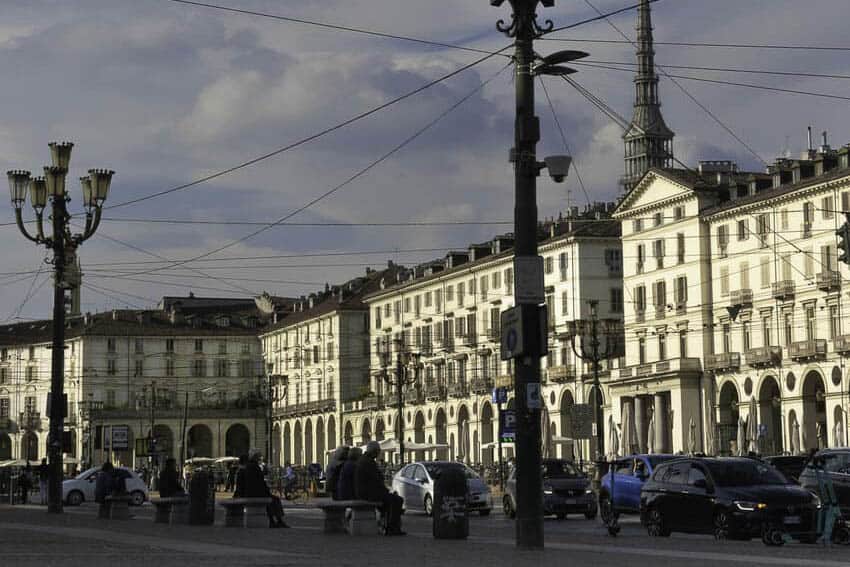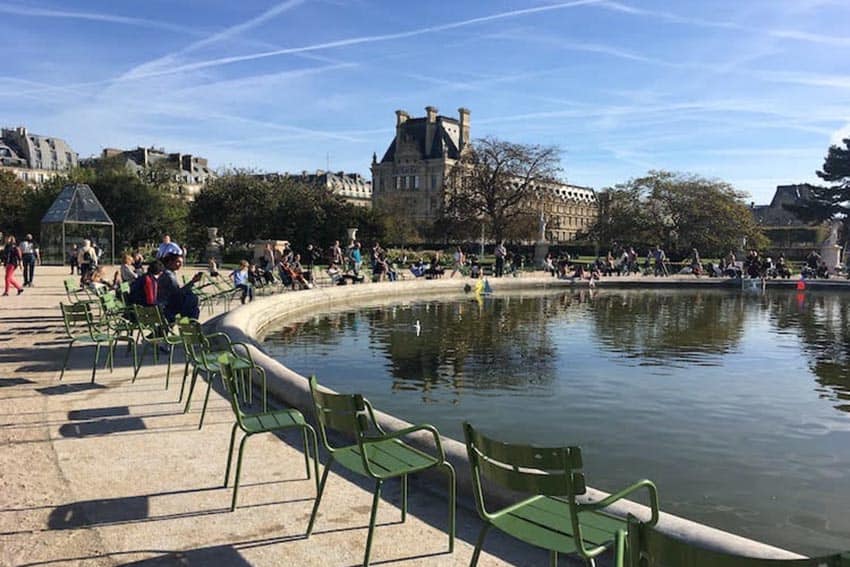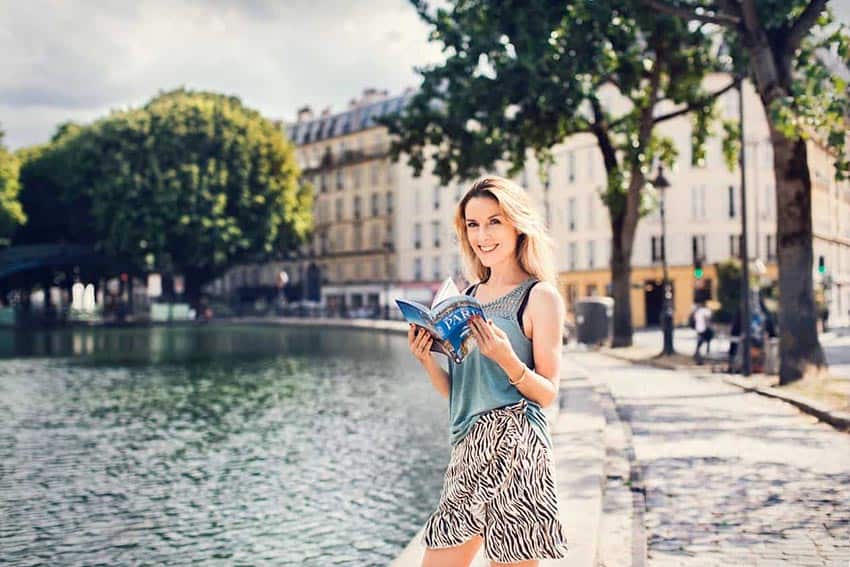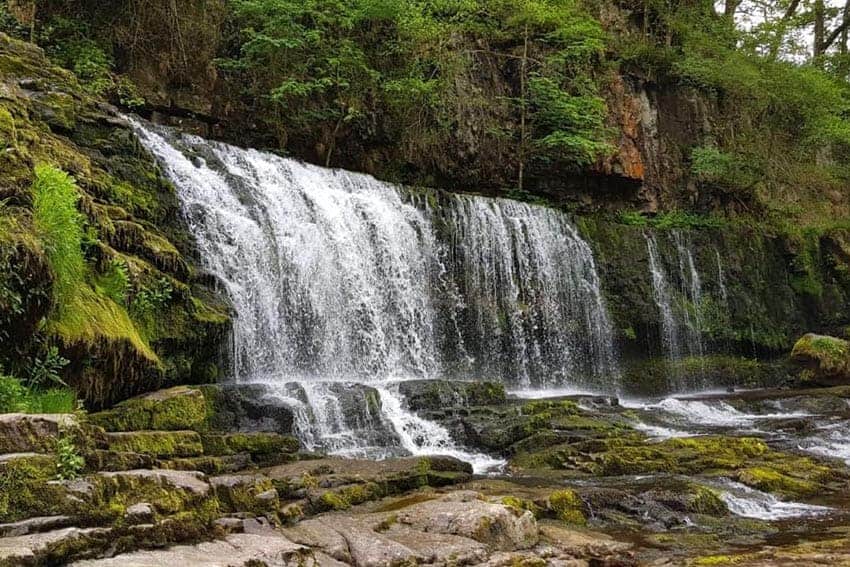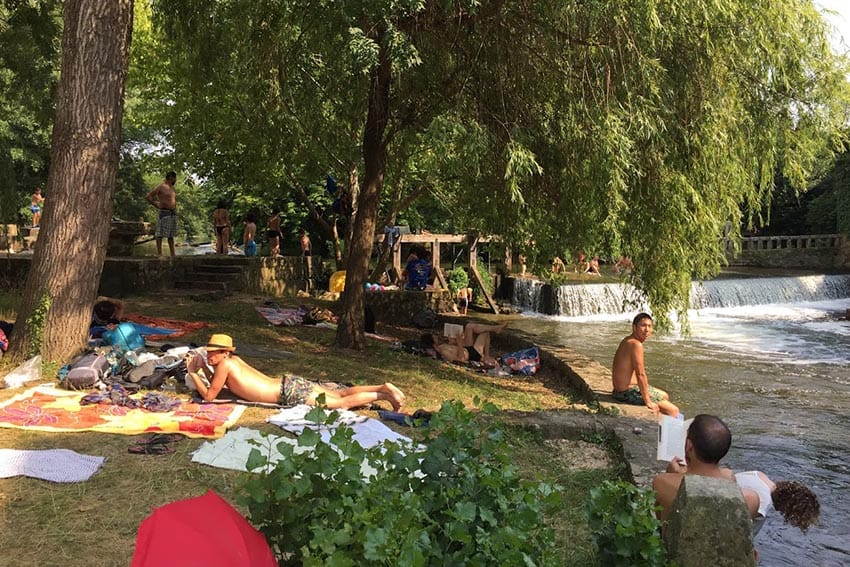
A Medieval Village and a Swim in Suburban Paris
By Yaman Kayabalı

For the average world citizen, the Eiffel Tower is Paris. The more cultivated would perhaps add the cafes of Saint-Germain, the Louvre, and the Notre-Dame to the list.
Yet, Paris, besides its clichés, is an urban agglomeration and faces a number of problems among which the summer canicule, the French word for ‘heat wave’, is a troublesome reality for Parisians as well as those just outside the city in the banlieu, or suburbs.
Moret-sur-Loing
Moret-sur-Loing is perhaps one of the most impressive solutions against the canicule. Only a 45-minute train ride away from the capital, a day-trip to this typically French village offers what Paris can’t: a swim in a refreshing river, flanked by a robust, green foliage and crowned by a medieval village.
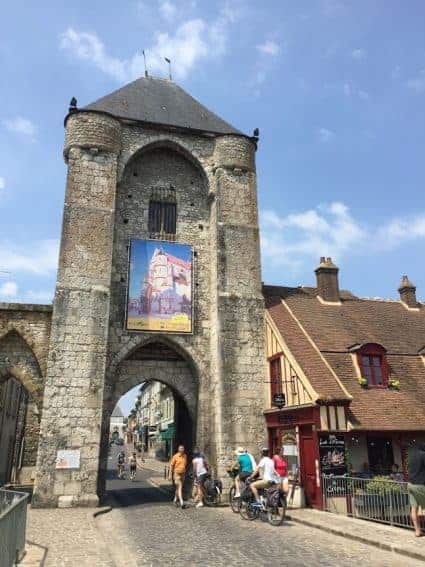
Gare de Lyon, Paris’ fin de siècle train station which was once frequented by Ernest Hemingway on his numerous vacations in Austria and Switzerland, is an essential hub for the trains that serve the Parisian banlieu and it is from here that the trains for Moret depart.
A comfortable journey ends after 3 or 4 stops (depending on which train you take) and along the way, the train passes near the Fontainebleau Palace, another suburban jewel, where once Napoléon bid farewell to his Old Guard before his first abdication.
As its name suggests, Moret-sur-Loing (which literally means Moret over Loing) is situated on the Loing river, a tributary of the famous Seine. As the river approaches the village, it flows between five tiny islands among which one features a small museum dedicated to a local delicacy, the sucre d’orge (barley sugar).
Covered by Trees
The small plot of land encircling the museum is covered by large trees and under their long branches lay bathers who not only profit from the shade but also enjoy a strategic position from which to jump into the cool river.

Canoers coming from upriver pass through a small cascade and a narrow canal between the village and the island. As they prepare for a gentle slide from the cascade, spectators on both of sides of the canal watch and the local youth waiting in the cool river, give a helpful push.
Unlike the extremely popular day-trip destinations like Versailles, Fontainebleau, and Disneyland, Moret’s historical and natural beauty has remained relatively undiscovered.
A fairly huge gothic church (L’église de Notre Dame or the Church of Our Lady) and two city gates crowned by medieval towers are the immediate architectural landmarks. The church was built in the 13th century and features a very impressive Renaissance organ.
The medieval gates still occupy the Moret’s principal axis and it is through here that the visitors enter the village. Though the towers may have become obsolete since at least the time of the “sun king” Louis XIV, they are still an essential part of the picturesque silhouette of the village as the Alfred Sisley’s oeuvre suggests.
Famous Painters

The renowned impressionist painter was a resident of the village and some of his best-known paintings such as The Bridge of Moret (1893, Musée d’Orsay), Street in Moret (1888, Art Institute of Chicago) or The Lane of Poplars in Moret were executed in Moret en plein air as the unwritten codes of impressionism demanded.
He lived his last years in Moret where he died in poverty despite posthumous stardom. He is buried under an elegant cypress tree in the village cemetery.
The culinary star of the village is an albeit modest one. La Poterne, a typical French creperie, is nestled in a building attached to the city gate which was probably used as a postern, hence the name.

They serve a satisfying range of crêpes and galettes (the savory version of the crêpe) and the galette with pan-fried potatoes and grilled mushrooms with parsley, go extremely well with the Morvan ham, a regional specialty.
A generous pint of cold, blond Affligem is the perfect companion to the savory galette in the summer canicule.
Mille & Une Glaces
The dessert, however, should be sought for two blocks away, in a tiny shop called Mille & Une Glaces, an artisan ice-cream shop which serves a variety of exceptional ice-cream and the long queue before the storefront is no coincidence.
Offering nature, history, architecture and a bath in the cool torrents of Loing, Moret, without doubt, is one of the most appealing day-trips from Paris during the heat waves.
After all, France’s rustic and well-preserved medieval villages are among its greatest treasures and Moret is one of them.
For those who witness the Parisian canicule, Moret-sur-Loing is an indispensable destination in a city which offers little to none solution against the frying heat wave.

A passionate hiker, Yaman Kayabalı is living in Paris where he works as a professional freelance writer and focuses mainly on art, cit, and travel. He has extensively written on the art scene of Istanbul, his hometown He is currently working on a travel book on Ardèche.
- Saudi Arabia Might Be Your Next Getaway Spot - April 23, 2024
- Mongolia, the Land of Eternal Blue Sky - April 20, 2024
- These 9 U.S. National Parks Require Reservations in 2024 - April 17, 2024


